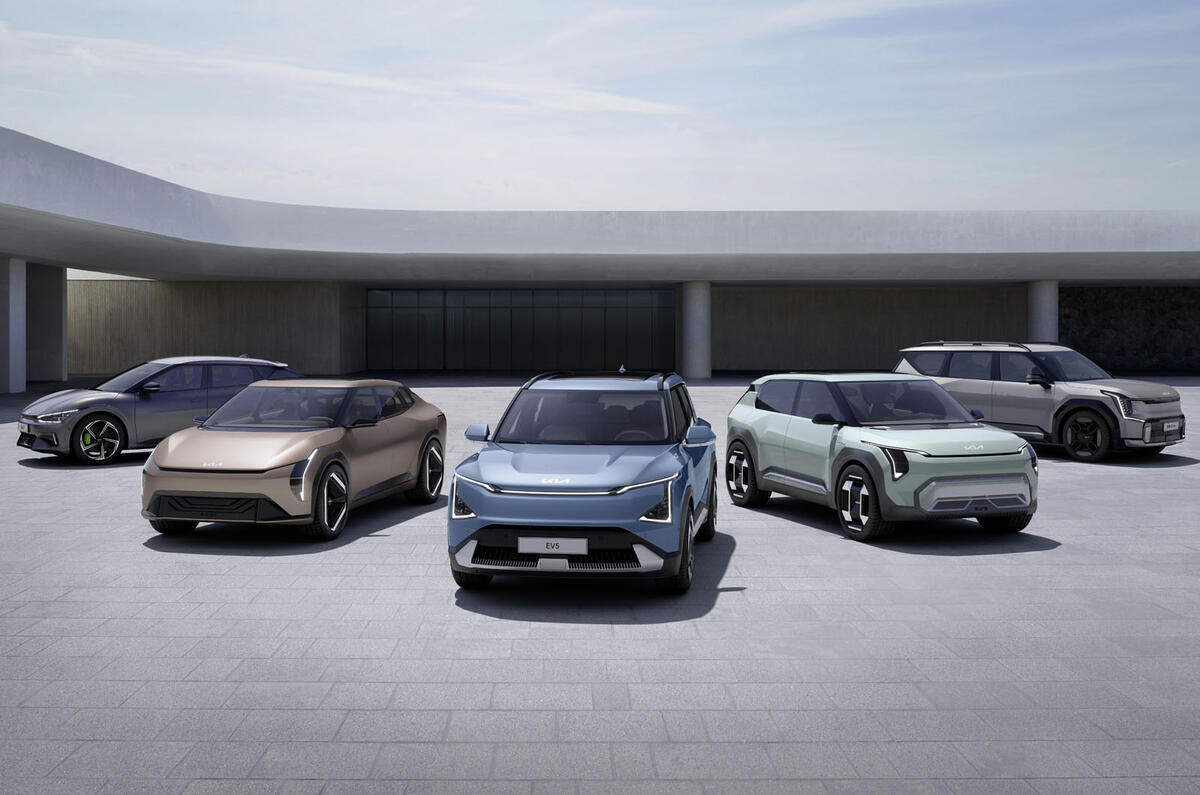Kia bosses believe a focus on reducing the barriers to entry for EV adoption – particularly concerns about price and charging – and the adoption of a regionalised approach will be key to meeting its ambitious goal of becoming a ‘global leader’ in electric cars.
The Korean firm has grown rapidly in recent years thanks to the success of its rebrand and new electric models. Now, it is aiming to grow its global EV sales from a target of around 258,000 this year to one million (about 25% of its total sales) by 2026 and 1.6 million (37% of its total) by 2030.




Add your comment